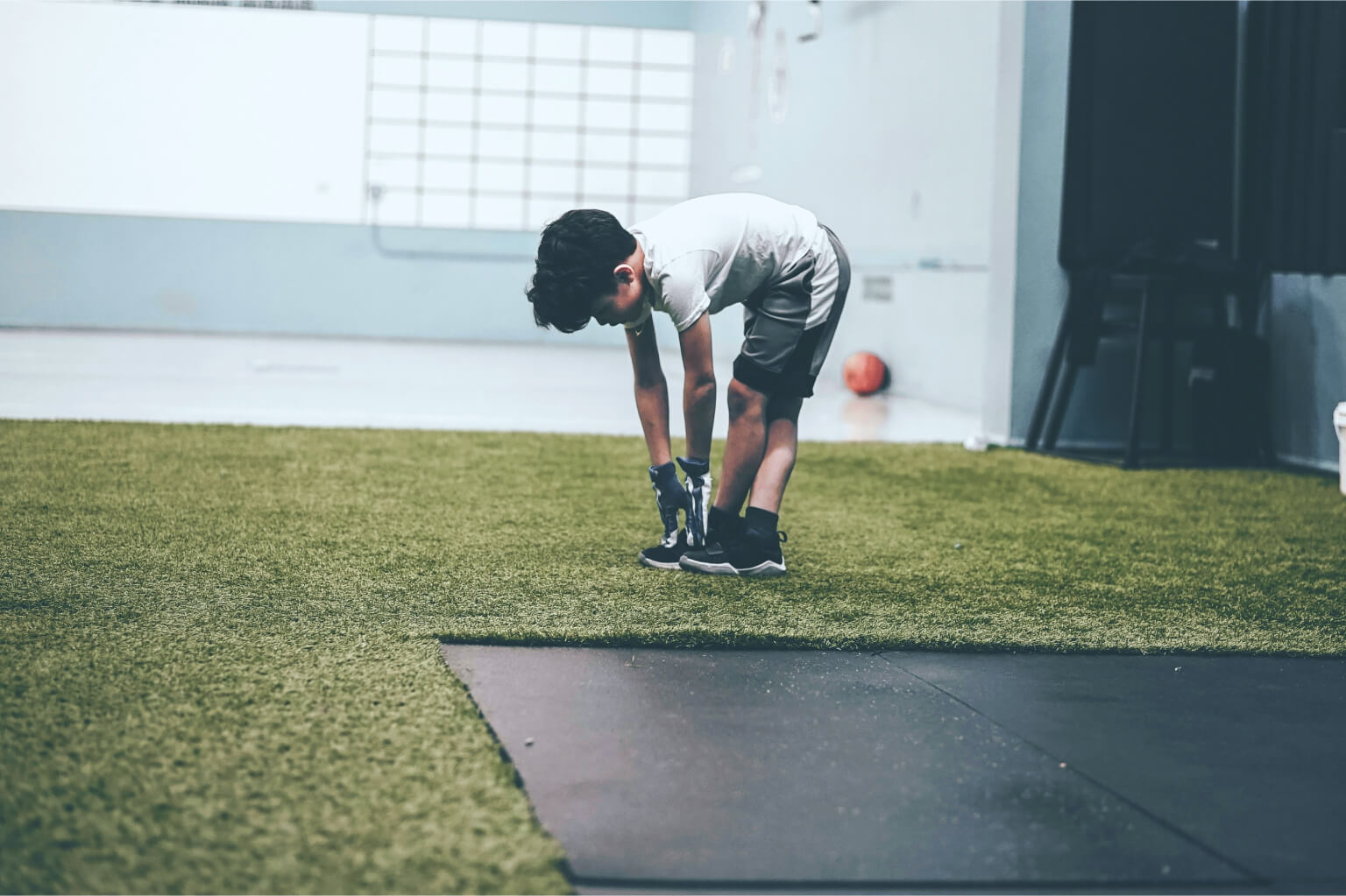Back-to-Sports: Tips for Student Athletes Returning to School

Jennifer Gourdin, MD
Heading back-to-school often means the start of fall sports for students in all age groups. Regardless of the sport, anyone who is physically active can be impacted by sports-related injuries.
Prevention is Key
While sports-related injuries are a natural part of playing the game, there are ways to prevent them. Whether you've stayed active in your sport over the summer or took a break, it's crucial not to do too much too quickly. Ramping up your activity level too fast increases the risk of overuse injuries, such as tennis elbow or shin splints. Improper training and exercise technique can also lead to ACL tears, which are more common among young females. Athletes of all ages can reduce the risk of injury by incorporating neuromuscular training, strength training, and proper stretching into their routines.
Planting Healthy “S.E.E.D.S”
S: Sleep. Make sure you get enough sleep, preferably seven to nine hours a night. Practice good sleep hygiene: no screens an hour before bed, keep the bedroom cool and dark, and go to bed and wake up the same time every day.
E: Eat healthy. A diet rich in lean protein, fruits, vegetables, and whole grains will ensure your body has the fuel it needs to stay healthy while you work out.
E: Equipment. Ensure you have the right equipment for your sport. That includes proper footwear. If you are a runner, change your sneakers every 250-500 miles to ensure proper shock absorption. If you have flat feet, consider orthotics/shoe inserts. For other sports, make sure whatever equipment you need is in good shape before you use it. Helmets should fit snugly.
D: Drink water. Aim for at least 64 ounces of water a day and even more if you vigorously engage in sports and exercise.
S: Stretch and Strength. Stretching and strength training improves flexibility and strengthens your core, hips, and extremities – lowering your chance of injury. Start your work-out with dynamic stretching and cool down with a static stretch routine.
In the Case of Injury
For many injuries, a good first step is to follow the RICE acronym. RICE stands for rest, ice, compression, and elevation. Use ice for about 15-20 minutes at a time every few hours for the first day or two after an injury. Compression means wrapping the injury. To elevate, raise the affected area above the level of the heart to reduce swelling. It’s important to talk to your physician to discuss next steps with injury treatment as needed.
With these tips, you will be well on your way to returning to your sport safely and healthfully. Sometimes, injuries happen, and at Kaiser Permanente, we take a team-based approach to treating sports injuries. Depending on the type and severity of the injury, the team may include a primary care sports medicine physician, orthopedist, and physical therapist. Our team is here for you so you can get back to your team! Check out the Healthier You podcast hosted by physicians at Kaiser Permanente for more actionable strategies for improving your health and living a fuller life.
Kaiser Permanente Partners with The St. James to Support Healthy Athletes
Kaiser Permanente is honored to partner with The St. James, which offers diverse programs for youth sports, catering to beginners and advanced athletes alike to foster inclusivity and participation. Through this partnership, Kaiser Permanente supports The St. James youth sports events, teams and other activities that promote sports and wellness among youth in the region. The collaboration aims to cultivate a thriving environment for young athletes to excel, not only in sports but also in their overall mental, emotional and physical well-being.

Dr. Jennifer Gourdin is a sports medicine and family medicine doctor in Maryland.
